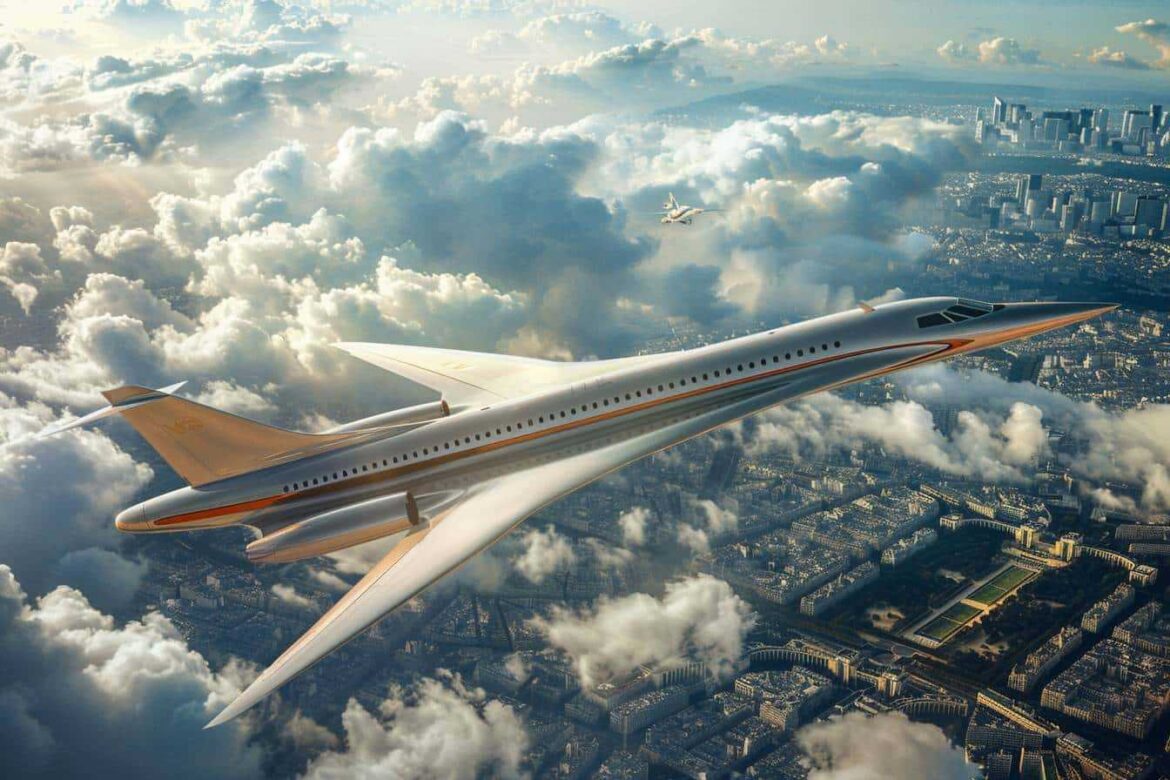It has been more than two decades since the final Concorde flight touched the ground, bringing an end to the storied history of the supersonic jet that was intended to revolutionize commercial air travel. It has been a long wait since then for the reintroduction of airliners that can fly faster than the speed of sound. There are plenty of companies and organizations racing against each other to achieve that goal, with America’s Boom Supersonic appearing to be the closest to bringing back supersonic passenger jets. However, a group of engineers from China have claimed to have invented the world’s most powerful detonation engine for hypersonic flight, reports SCMP. If true, it has the potential to dramatically alter how the aviation industry operates.
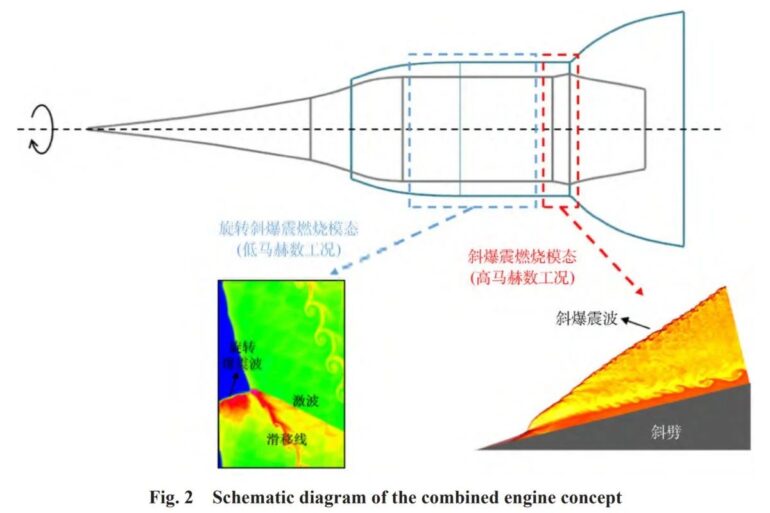
Designed by Zhang Yining and his team at the Beijing Power Machinery Institute, the “revolutionary” air-breathing engine can theoretically propel an aircraft to speeds up to Mach 16 (more than 12,250 mph) at an altitude of 30km (18.6 miles). Just to put that into context, the Concorde had a maximum cruising speed of 2.04 Mach, while the now-retired Lockheed SR-71 Blackbird could reach speeds above Mach 3. If an aircraft can cruise at speeds of Mach 16, the longest intercontinental flights will be reduced to two hours or less. The trans-Atlantic flight from New York to London, which currently takes around 7 hours, will be cut short to only 17 minutes.
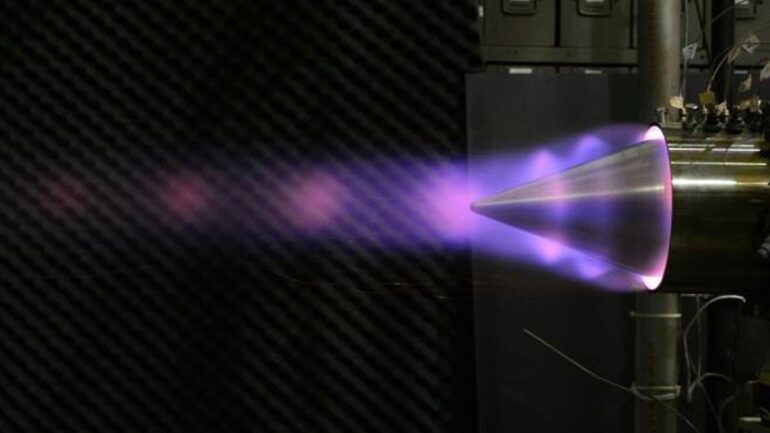
Sadly, not much information is available on the revolutionary detonation engine, except for the details available in the blueprint published in the peer-reviewed journal Chinese Journal of Propulsion Technology in December. According to the research paper, the engine operates in two modes. Below Mach 7, the engine functions as a continuous rotating detonation engine (RDE). In this mode, air from outside mixes with fuel and gets ignited, which leads to the creation of a shock wave that propagates in an annular, or ring-shaped, chamber. During rotation, the shock wave ignites more fuel, resulting in a powerful and continuous thrust for the aircraft.
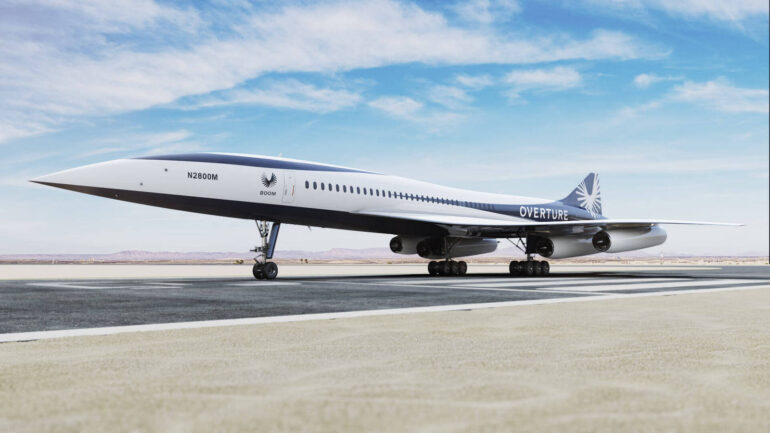
At speeds above Mach 7, the shock wave stops rotating and focuses on a circular platform at the engine’s rear. The paper says this helps maintain thrust through a nearly straight-line oblique detonation format. The fuel detonates automatically as it reaches the rear platform due to the high speed of incoming air. Relying primarily on detonation for propulsion, the engine is completely different from traditional jet engines used by commercial jets. Boom’s Overture supersonic jet, which is currently under development, will be powered by the company’s Symphony medium-bypass turbofan engine. Designed to run on sustainable aviation fuel exclusively, the engine will offer enough thrust to sustain Overture’s cruising speed of Mach 1.7.
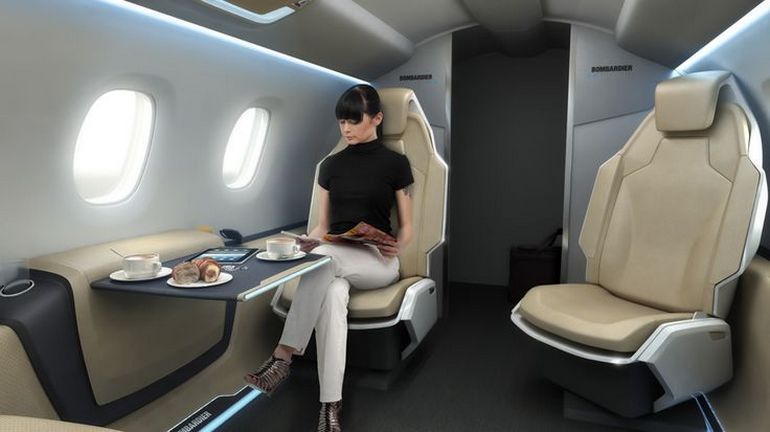
Another major advantage of a detonation engine over a traditional turbofan engine is the thermodynamic efficiency. Theoretically, detonation engines can convert nearly 80 percent of chemical energy into kinetic energy. On the other hand, conventional turbofan engines achieve 20-30 percent efficiencies as they rely on slow and gentle combustion. However, Zhang and his colleagues have not disclosed the efficiency of the engine. “This solution has obvious advantages and is expected to improve the optimal thermodynamic cycle efficiency in nearly all speed ranges, bringing a revolutionary change in aerospace propulsion,” the team behind the revolutionary engine said.
